Associative versus Logical Thinking - A Desk, a Cabinet of Curios, Two Late C19 Coastal Sepik Figures, and The Huli
I glanced at a book on my desk this morning ('Paris in the Fifties' by Stanley Karnow) and ended up thinking about the Huli tribesmen of Papua New Guinea. And wondered how I got from one to the other. It's to do with the kind of thinking involved. Not logical but associative - where one idea or image leads to another, through some personal connection in your experience. And this train of thought is often not open to discovery by others.
But first I want to set this context a little more first.
In a moment of total financial insanity some years ago, I raised my hand that once too often at a fine furniture action and found myself the surprised owner of a C19 leather-topped mahogany campaign desk. I was a student at the time, with no income what-so-ever. And was obviously suffering from pre-examination hysteria. But I've never regretted this lapse, even for a second. What did Julie Andrews say about her favourite things?
Since then I've realised many desk tops tend to evolve and, like archaeological digs, reveal rather a lot about their owners:
And at certain times, they can be more maximal:
And at others more minimal:
Though it might be difficult to say which is which in my case!
So I was looking across this perhaps favourite topography round the house yesterday, and it occurred to me just how many tribal objects we'd amassed. And this inevitably lead me to think about another parallel moment of auction madness, this time a Sotheby's 'Aboriginal, African and Oceanic Art' auction.
The specific madness this time was in the form of two late C19 Coastal Sepic Figures. Each of these figures was carved after the death of a female ancestor, wrapped in cloth, placed in a leather bag and worn off the belt of decendants.


I wondered if there were any resonances between these wooden carved figures and tribal peoples and practices in New Guinea today.
As the sculptures were ochre-painted, I began to think about this in the context of face and body decoration.
And I remembered the Huli tribesmen (or Wigmen) who live near Tari city in the central highland of Papua New Guinea. As opposed to the the Coastal Sepik River people associated with my wooden figures.
The Huli's fame rests to a degree on their face painting, and the elaborate wigs they construct of human hair interlaced with brightly-coloured bird feathers.






Cos this piece was about associative versus logical thinking, I didn't want to engage in any out-moded historical anthropology about so-called 'primitive' peoples, and what their cultures and social practices may reveal about those of early man.
I wanted to let my sensous visual associations take me where they would. And I'm pleased just to be mesmerised by the visual qualities of all these images - from desk to Huli. To revel in the formal and colour values. And put my logic to rest.

![C18 Bronze Buddha [Southern China]](https://blogger.googleusercontent.com/img/b/R29vZ2xl/AVvXsEioLkgVKuhDoIHQgM1X6Oe2hGn75yqaj4OJXPmNpumXmQPKxB22S57YS5DVrl1P7zl7BS6EFpAtaNZPze7gzVCRiQI54bwdHhVa4fGr7NOChZwTZoo92gUen6tC5U8gWIy_pv92U0FB38M/s1600/Buddha+%255BBronze%252C+C18%252C+China%255D+1.jpg)




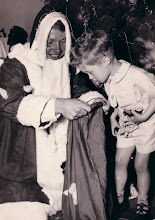







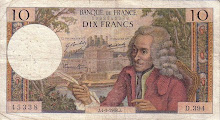
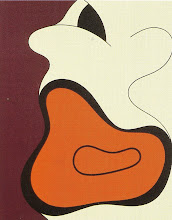+1998+Cropped.jpg)

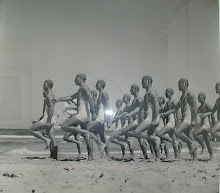
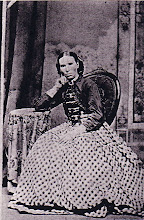







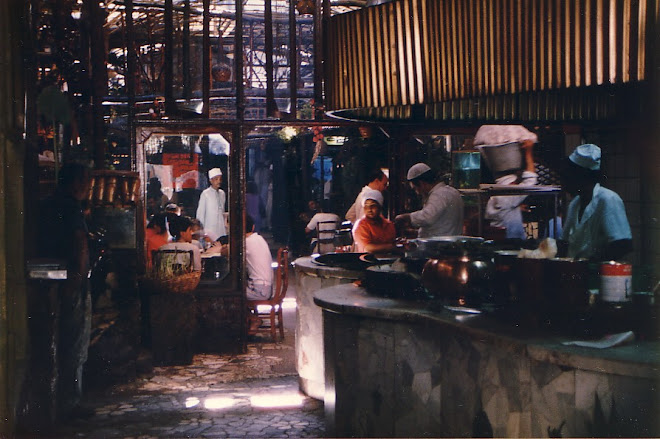

Thanks for introducing me to the Huli - and for a great blog - have put a link on mine at www.debriefme4fun.blogspot.com Cheers PETER
ReplyDelete